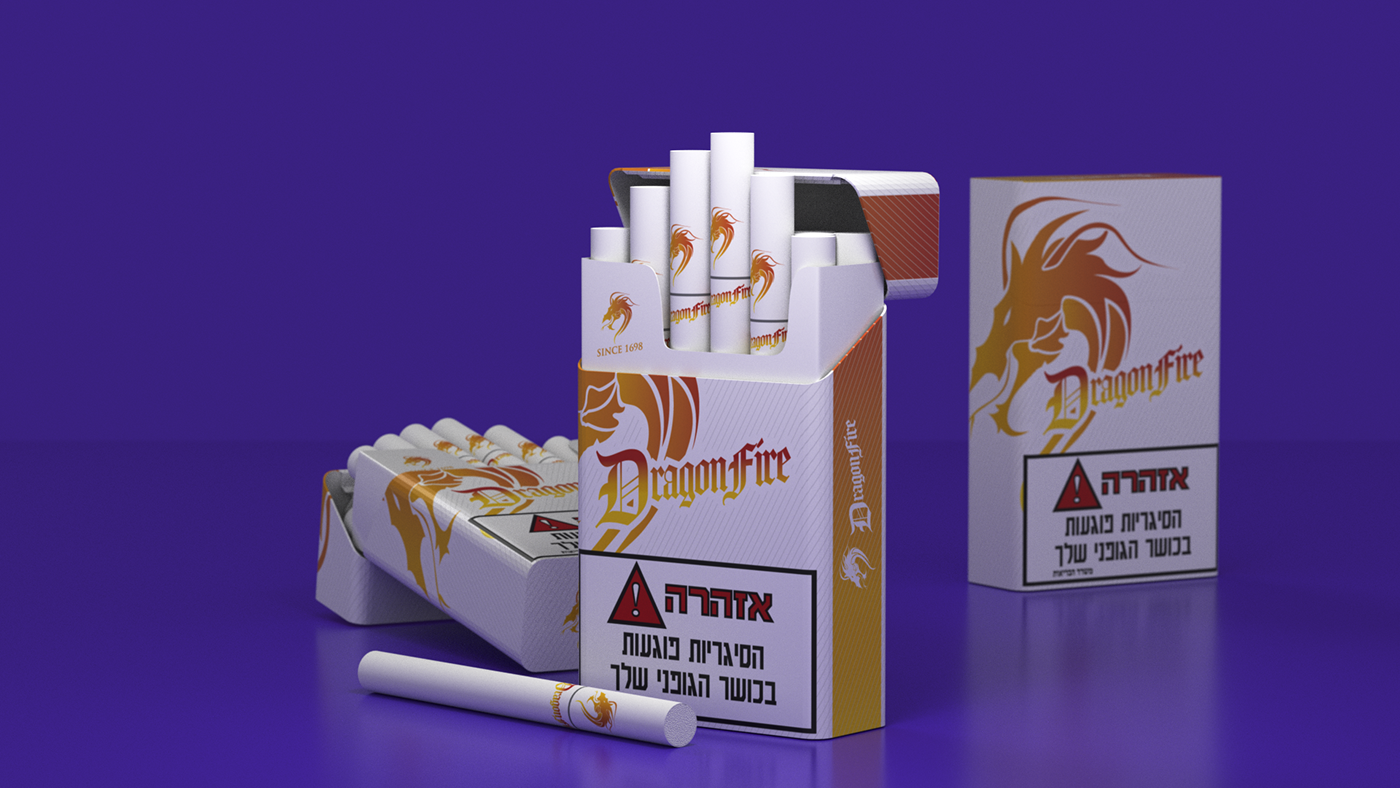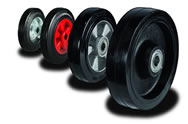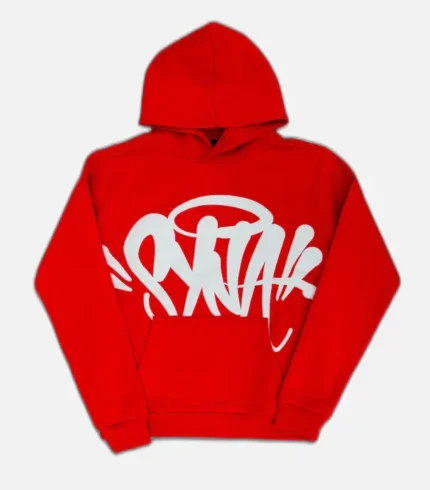The seemingly mundane Cigarette boxes are complex interplay of design, function, and societal implications. It’s a canvas for branding, a shield for product protection, and a reflection of cultural and regulatory landscapes.
The Evolution of the Cigarette Box
The Custom Cigarette boxes has undergone a significant transformation since its inception. Initially, cigarettes were simply loose in tins or paper bags. As the industry evolved, so did the packaging. The advent of the flip-top box in the early 20th century revolutionized how cigarettes were stored and transported.
These early boxes were primarily functional, with little emphasis on design. However, as brands began to compete for market share, the cigarette box became a powerful marketing tool. Art Deco designs, bold colors, and iconic imagery adorned packs, capturing the attention of consumers.
The Modern Cigarette Box: Design and Function
Today’s cigarette box is a sophisticated piece of engineering and design. It must fulfill several critical functions:
- Product Protection: The box must safeguard cigarettes from damage, moisture, and crushing.
- Brand Identity: It serves as a visual representation of the cigarette brand, conveying its image and values.
- Consumer Convenience: The box must be easy to open, close, and carry.
- Regulatory Compliance: It must adhere to legal requirements regarding size, content, and warning labels.
Cigarette box design involves a delicate balance between aesthetics and practicality. The materials used, the printing techniques, and the overall structure are carefully considered to create a package that is both visually appealing and functionally effective.
Materials and Construction
The typical cigarette box is made from cardboard or paperboard. These materials offer a good balance of strength, flexibility, and cost-effectiveness. However, some luxury brands may use more premium materials, such as metal or plastic.
The construction of a cigarette box involves several components:
- The outer shell: This is the main part of the box that holds the cigarettes.
- The inner liner: This protects the cigarettes from moisture and odor.
- The lid: This seals the box and often carries the brand’s logo or other design elements.
- The foil or acetate seal: This provides an additional layer of protection and prevents tampering.
The Impact of Health Warnings
Government regulations have significantly impacted the design of cigarette boxes. Large, graphic health warnings now occupy a substantial portion of the packaging, leaving less space for branding and design elements. These warnings have forced cigarette manufacturers to become more creative in their use of limited space.
The introduction of plain packaging in some countries has further restricted design possibilities. These plain packs remove all brand-specific elements, leaving only the cigarette brand name and mandatory health warnings. The aim is to reduce the appeal of cigarettes, particularly to young people.
Cigarette Boxes and Consumer Behavior
The design of a cigarette box can influence consumer behavior in several ways:
- Brand Perception: The packaging can create a desired brand image, whether it’s luxury, rebellion, or classic.
- Purchase Decisions: Attractive packaging can entice consumers to choose one brand over another.
- Product Experience: The ease of opening and closing the box can impact the overall smoking experience.
- Social Status: Some consumers may use cigarette boxes as status symbols.
Environmental Concerns and Sustainable Packaging
The environmental impact of cigarette packaging has become a growing concern. Cigarette butts are one of the most common forms of litter, and the packaging itself contributes to waste.
To address these issues, some cigarette manufacturers are exploring more sustainable packaging options, such as using recycled materials and reducing packaging waste. However, the challenges of balancing environmental concerns with product protection and consumer expectations remain significant.
The Future of Cigarette Boxes
The future of custom e liquid boxes is likely to be shaped by a combination of factors, including:
- Evolving regulations: Governments may introduce stricter regulations on packaging design and content.
- Consumer preferences: Changing consumer tastes and demands will influence design trends.
- Technological advancements: New materials and production methods could lead to innovative packaging solutions.
- Environmental concerns: The industry will face increasing pressure to adopt more sustainable practices.
While the cigarette box may seem like a simple object, it is a complex product with far-reaching implications. Its design, materials, and construction reflect the interplay between branding, regulation, consumer behavior, and environmental concerns.




